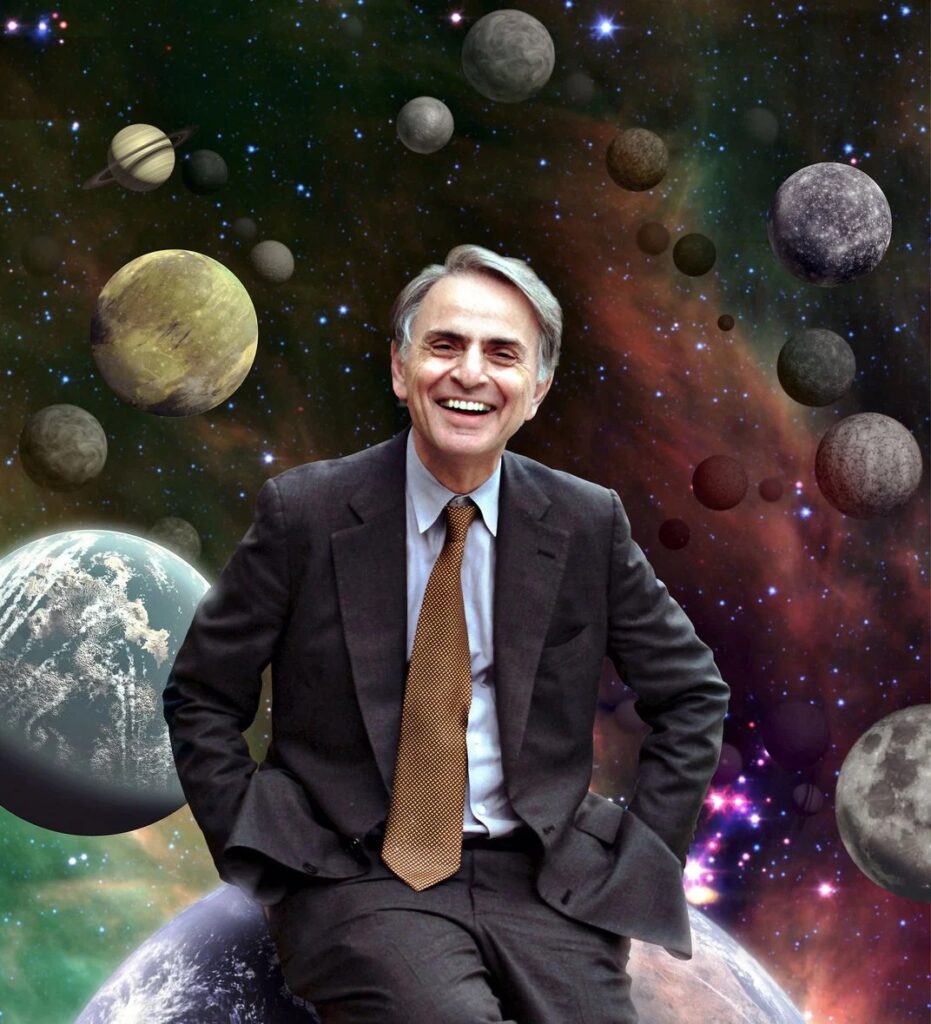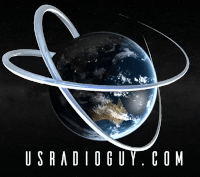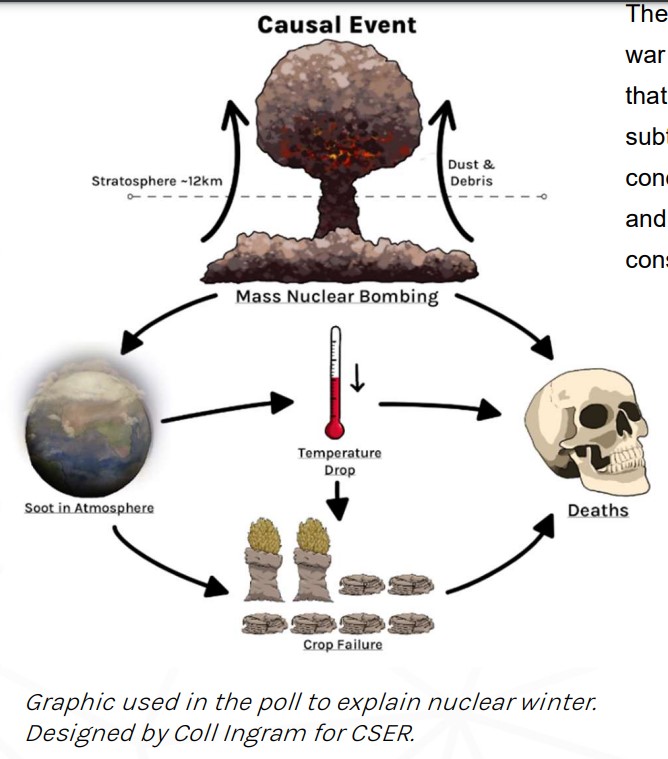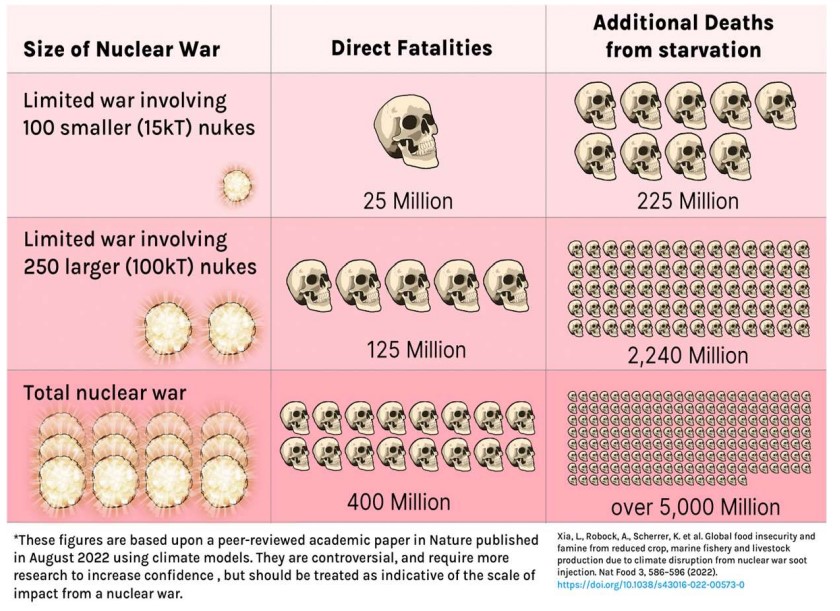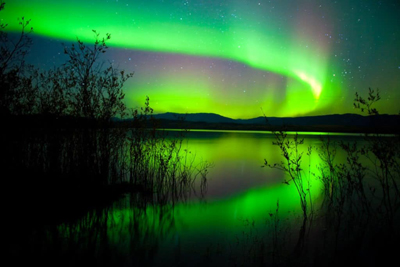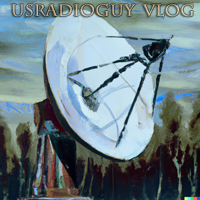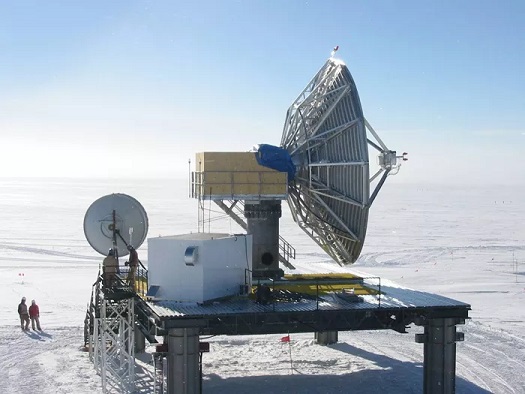![]()
As a young man I read all of Carl Sagan’s books, and even some of his papers, and once, was lucky enough to attend one of his lectures he gave at a local University. One of the papers he co-authored that I read was “Global Atmospheric Consequences of Nuclear War” which is the foundation on which the nuclear winter theory is based on.
Sagan, like many at the time, believed nuclear war was the single greatest threat facing humanity.
Setting the Stage for the Nuclear Winter Theory
Our genetics are fuzed by our savage past, we’ve cut a trail of conquest and battles through the centuries. We’ve destroyed civilizations, waged war, and scarred the face of the planet with our progress — and our weapons have grown more powerful.
In 1983, tensions between the Soviet Union and the United States were very high. On 1 September 1983, the Soviet military shot down a South Korean passenger jet, Korean Air Lines Flight 007, that had strayed into Soviet airspace. All 269 people aboard the aircraft were killed.
On 26 September 1983, during the Cold War, the nuclear early-warning radar of the Soviet Union reported the launch of one intercontinental ballistic missile with four more missiles behind it, from bases in the United States. These missile attack warnings were suspected to be false alarms by Stanislav Petrov, an officer of the Soviet Air Defense Forces on duty at the command center of the early-warning system. He decided to wait for corroborating evidence—of which none arrived—rather than immediately relaying the warning up the chain-of-command.
This decision is seen as having prevented a retaliatory nuclear attack against the United States and its NATO allies, which would likely have resulted in an escalation to a full-scale nuclear war. Investigation of the satellite warning system later determined that the system had indeed malfunctioned. It was subsequently determined that the false alarms were caused by a rare alignment of sunlight on high-altitude clouds and the satellites’ Molniya orbits, an error later corrected by cross-referencing a geostationary satellite.
What is the theory of Nuclear Winter?
Nuclear winter is a phenomenon that occurs when large-scale nuclear war occurs, resulting in a long-lasting, global cooling effect due to sunlight-blocking smoke and dust in the atmosphere. It has been theorized that this cooling effect could cause temperatures to drop significantly, leading to a decrease in crop yields, destruction of ecosystems, and an increase in global famine.
In 1980, paleontologist Luis Alvarez and his physicist father Walter presented evidence that an asteroid had hit Earth at the end of the Cretaceous Period. In this article, they postulated that the impact had thrown so much dust and debris into the air that Earth was blanketed in shadow for an extended period, long enough to wipe out the last of the non-bird dinosaurs.
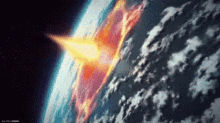
Sagan and his former students James Pollack and Brian Toon realized this work applied to climate change on Earth—as well as nuclear war. Along with meteorologists Tom Ackerman and Rich Turco, they used computer models and data collected by satellites and space probes to conclude that it wouldn’t take a full-scale thermonuclear war to cause Earth’s temperature to plummet.
Carl Sagan and Paul Crutzen, alarmed at the close call mentioned above with the 1983 nuclear war scare between the United States and the Soviet Union, postulated that the smoke generated by burning cities and fields, combined with the dust created by nuclear explosions, would block sunlight from reaching the Earth’s surface, thus causing a significant cooling effect. They used computer models and data collected by satellites and space probes to conclude that it wouldn’t take a full-scale thermonuclear war to cause Earth’s temperature to plummet.
This cooling effect could last for up to a decade, depending on the amount of smoke and dust produced from the nuclear war. During this time, temperatures would drop significantly, leading to a decrease in crop yields and a decrease in the production of food. This could lead to starvation and famine on a global scale. In addition, the destruction of ecosystems resulting from nuclear winter could have long-lasting effects on biodiversity and the environment.
It is not certain that a nuclear war would produce a nuclear winter effect. However, it remains a possibility and the Nuclear Winter study concluded: “…the possibility of the extinction of Homo Sapiens cannot be excluded.”
Revisiting the public knowledge of Nuclear Winter
Jump ahead forty years, to the year 2023. Russia has threatened to use nuclear warheads in the Russia-Ukraine war. As a threat only? Possibly. As a reality? Again, possibly. Clearly, the risks of a nuclear exchange are surely at their highest for 40 years.
Forty years since the dire warnings of a “Nuclear Winter” in many ways have been lost in the collective consciousness. It would be a great time for another “Carl Sagan” to come forth and warn the world what a limited (or global) nuclear strike would do to our planet.
In a recent poll conducted by the Centre for the Study of Existential Risk, the University of Cambridge found that in the last 40 years since Sagan’s warning, many had forgotten, or never been educated about the risk of nuclear winter.
The survey conducted online on 25 January 2023, asked 3,000 participants – half in the UK, half in the US – to self-report on a sliding scale whether they felt they knew a lot about “nuclear winter”, and if they had heard about it from:
- Contemporary media or culture, of which 3.2% in the UK and 7.5% in the US said they had.
- Recent academic studies, of which 1.6% in the UK and 5.2% in the US claimed they had.
- Beliefs held during the 1980s, of which 5.4% in the UK and 9% in the US said they still recalled.
The full study can be found online at The University of Cambridge
Nuclear winter is a serious threat to the world and is a reminder of the destructive potential of nuclear weapons. To prevent it from occurring, it is important that nations take steps to reduce the risk of nuclear war, such as reducing the number of nuclear weapons in their arsenals and signing arms control agreements. In addition, increased international cooperation and dialogue are essential to prevent a nuclear war from occurring in the first place.
